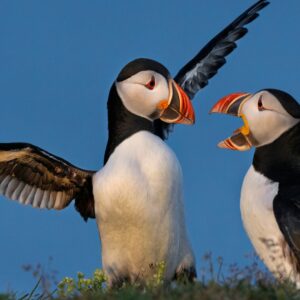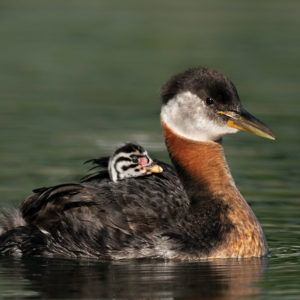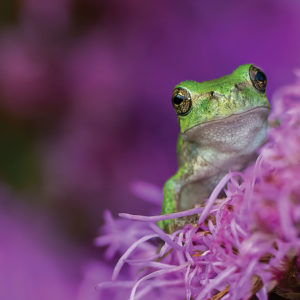Bold Birds: The Littlest Falcon
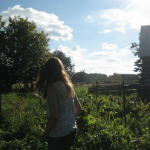
Blair Scott,
Professional Writing Intern
This blog was written by Writing Intern, Blair Scott.
This September, we are celebrating the American Kestrel – a feisty, little bird of prey, in fact, the smallest of the falcon species!
How to Identify the American Kestrel (Falco sparverius):
American Kestrels spend much of their time perched on wires or posts, scanning the ground for insects and small mammals such as voles, mice, shrews and bats. They also target snakes, frogs, small songbirds, scorpions and lizards – in other words, they aren’t picky eaters. They are predominantly day-hunters and, in spite of their small size, possess a competitive, territorial instinct.
The American Kestrel displays a remarkable collage of orangey-red, blue, white, grey and light brown plumage. Males bear slate-blue wings, while females’ wings retain a rusty-brown hue. Both sexes are dashed with black markings, and contain the ferocious, hooked beak that is distinctive of many “birds of prey” species. The American Kestrel is commonly characterized by its long, square-tipped tail – which it frequently fans and thrusts to keep balanced – as well as its swift wing beats while stationed in predatory mode.
Similar-looking species include the Mourning Dove and the Merlin, but the American Kestrel can still easily be distinguished by its tail, flight and unique call. They have larger heads than the Mourning Dove, and their tails are not as slick and pointy. Unlike the Merlin, they generally do not catch their prey in the air, and their aerial style is notably more “graceful.”
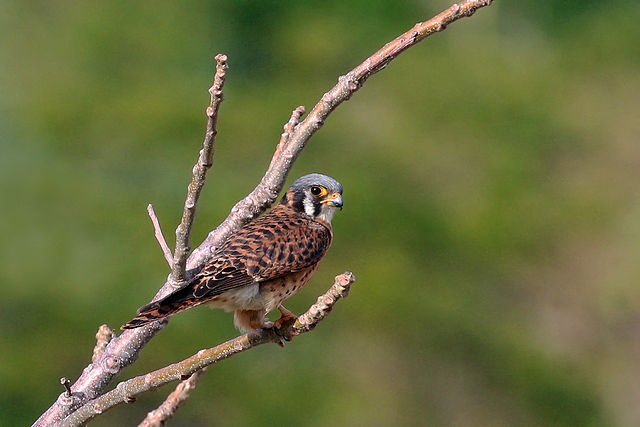
American Kestrel by Charlesjsharp (CC BY-SA 4.0)
American Kestrels are widely distributed from North America to South America. In Canada, their breeding range starts high up in the north, and descends down and across the map towards Nova Scotia. While some males stay during the winter, the vast majority of American Kestrels migrate down south.
While many birds are tree-dwellers, the American Kestrel prefers the visual range afforded by large, open spaces. The following features characterize its habitat:
- Open areas characterized by short ground vegetation and few trees; this includes grasslands, meadows, marshes, forest edges and openings, prairies, plains, deserts, pastures and farm fields – interesting, they are well-adapted to many areas touched by human development such as suburbs, parks and roadsides.
- Perches – provide important “hangouts” as they track their ground-dwelling prey
- Availability of nesting cavities – they cannot excavate their own holes; instead, they depend on pre-made burrows: left-behind woodpecker holes, tree hollows, rock crannies, human-constructed nesting boxes and openings in buildings. In addition, they do not use materials to construct nests; instead, they select a cavity floor with loose bedding.
Status and Threats:
The American Kestrel is classified as “Least Concern” under the IUCN. Their global breeding population is estimated to be about 4 million, and they are highly adaptable – as demonstrated by their wide-ranging diets, areas of residence and resilience to urbanization and agricultural development.
However, human development should not go unchecked as it still ranks as a top factor posing a threat to this species. Also, the disappearance of dead, standing trees strikes a vulnerable chord, as the American Kestrel depends on these sites for nesting cavities.
You can help preserve the health and longevity of the American Kestrel by building nesting boxes! You can also help all birds thrive by choosing environmentally-friendly lawn maintenance practices – say no to toxic pesticides, which may harm both birds and/or their food sources. Check out 12 ways to make your backyard bird-friendly!
If you want to learn more about the Raptors and Owls found in Canada, be sure to check out our e-Book series!

